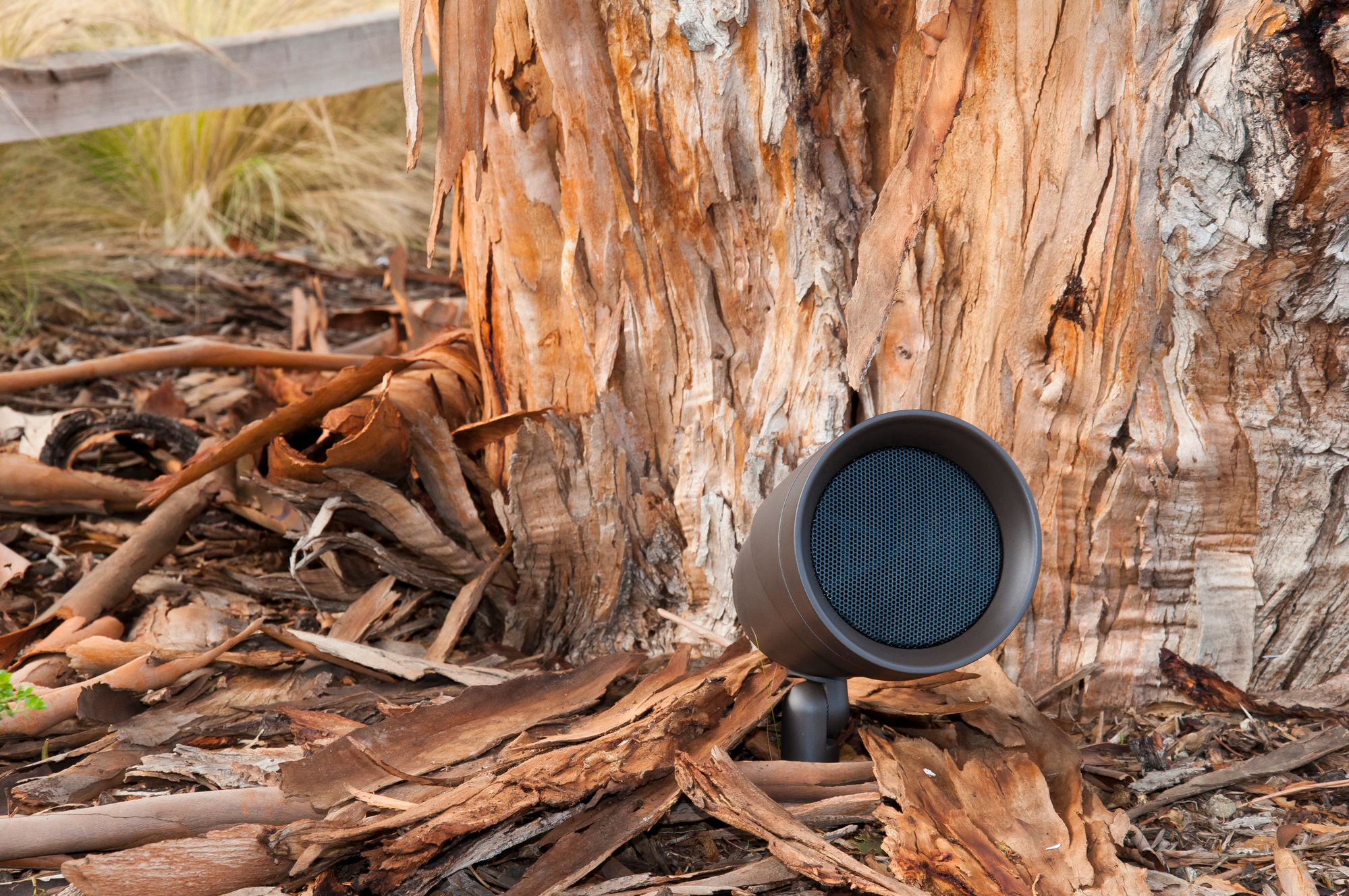How Smart Home Automation Helps People with Disabilities: Part 1
Automate your Chesapeake Home for Safety, Comfort and Livability
For some, smart home capabilities are not simply a novelty. For many older adults and those with disabilities, a home automation system is considered essential assistive technology that helps them perform everyday tasks and functions.
Broadly speaking, assistive technologies are defined as devices that lend a helping hand, such as hearing aids, wheelchairs and eating devices. People who have disabilities often have difficulty performing activities of daily living independently, or even need the assistance of a caretaker. How can smart home automation help them live more comfortable, fulfilling lives? Keep reading to find out!
SEE MORE: How Much Is Your Cheap Home Control System Costing You?
Smart Homes Serve Everyone
Smart homes facilitate everyone’s lifestyle, but sometimes they do more than merely making someone’s life more convenient. For example, getting out of bed to check who rang the doorbell might be inconvenient for an able bodied individual, but for a disabled person, the same task might be impossible.
Henry Claypool, executive vice president of the American Association of People with Disabilities, said this of smart home automation as an assistive device: “This idea of having connected devices in your home, a smart home, really is a boon to people with all kinds of disabilities. Greater independence, a better quality of life, and integration and inclusion—those are hallmarks of the Americans with Disabilities Act. Connected devices have tremendous potential to enable people to live as part of a community."
Voice Control Performs Tasks
According to a report by Strategy Analytics, Q4 sales of smart speakers reached 12 million units worldwide. Voice-control devices such as Alexa and Google have seen sales growth every year since their inception. To a person with limited mobility, a voice control device empowers them to change the temperature, lights or turn down the TV volume without having to get up or asking anyone else for assistance.
Fortunately, WSC Home Audio Video partners with Control4, who now has an integration that communicates with Alexa. This partnership means that we can program voice control functionalities into your Control4 automation. If you already have some Control4 features in your home, we’ll explore some options for using it to its fullest capacity.
Defend the Home
Voice control plays a huge part in keeping the home safe, too. For example, you don’t have to move far (or at all) to activate a smart lock and let a caretaker into the home. WSC’s smart home installers can synch the smart locks to facial recognition technologies. If the surveillance equipment recognizes the person in question, the door will unlock automatically.
Just as a smart home security system allows welcome visitors into the home, lighting and alarms can scare off invaders. Caretakers can also receive notifications about any threats around the property from their smartphone.
Lend a Helping Hand
Want to learn more about the wonders of a home automation system for providing assistive technologies? Stay tuned for Part 2 of the blog, which we’ll release soon.
In the meantime, if you know someone who could use some smart home automation to improve their lifestyle, don’t hesitate to call us at 757-493-5000 or fill out our online contact form. If you prefer, you can also chat with us by clicking the chat box on the bottom of the screen.
When you subscribe to the blog, we will send you an e-mail when there are new updates on the site so you wouldn't miss them.



